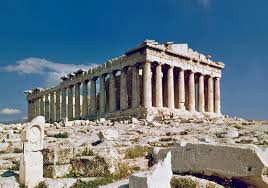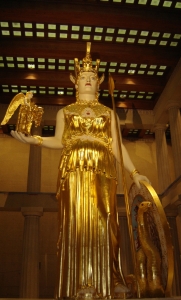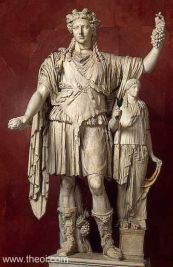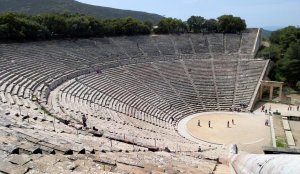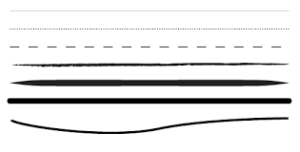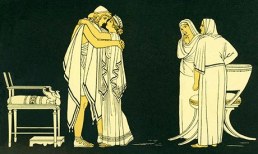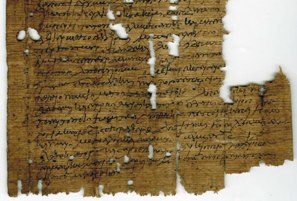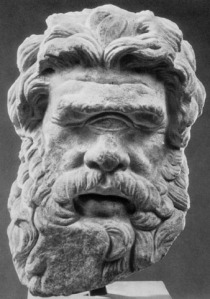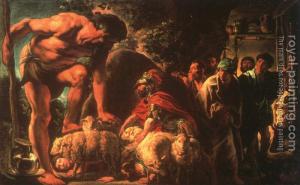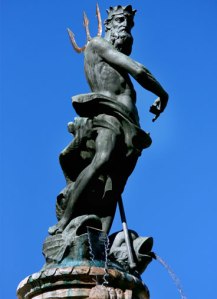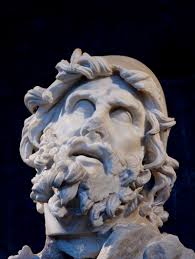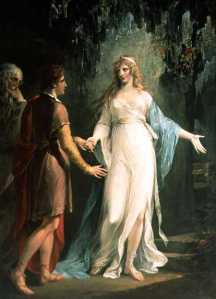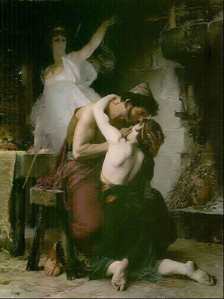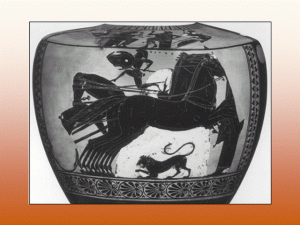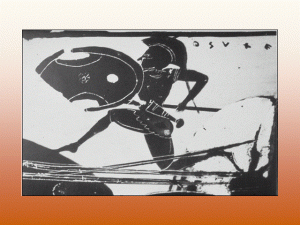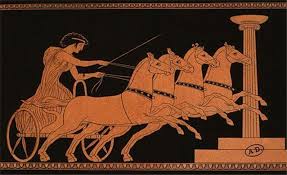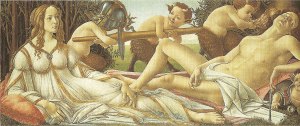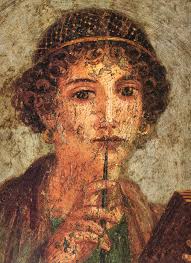At the beginning of time, only the gods existed. They had ruled the heavens for centuries. The titan Prometheus, was charged by Zeus with creating Mankind (perhaps the gods were getting creative that day). Prometheus created mankind and gave them many blessings. One day, he stole fire from the heavens and gave it to the humans, thinking that it would assist them.
Zeus, of course, was beyond angry as fire was sacred to the gods. Prometheus was given a horrible punishment, he was chained to a rock. The Fury (a very furious bird) came every day and plucked out the titan’s liver. Prometheus would die every night and return in the morning, for the whole process to be repeated.

But did Prometheus really deserve to be punished? In the beginning, fire was never a bad thing. The humans used it for cooking, warmth and light. Zeus’s problem wasn’t the fire itself you see, but the act of giving the puny human race the heavenly fire of the gods. Hundreds of years later, Zeus realized that the actual fire itself was becoming a problem.
Below him, the world was getting worse. The air was getting smokey and the village was covered in ashes. Zeus decided to punish Prometheus more.
The gods decided to create the first woman out of clay. She was called Pandora. She was given the gift of curiosity and trickiness from Hermes. Pandora was delivered to Prometheus’s naive brother Epimetheus, along with a tall clay jar. She was told to never open the jar, but she begged Epimetheus to let her. The jar contained the all the evils in the world. These were thrust upon the human race. The phrase ‘To open Pandora’s box’ means to perform an act that seems meaningless and have a severe far fledged consequence from it.
In some versions of the myth though, there was one spirit at the bottom of the jar, that got released after the others. It was Elpis, the spirit of hope. Although the gods wished for the humans to suffer from Prometheus’ mistake, they also left mankind with the one thing that can help everyone (even Prometheus). The spirit of hope.
